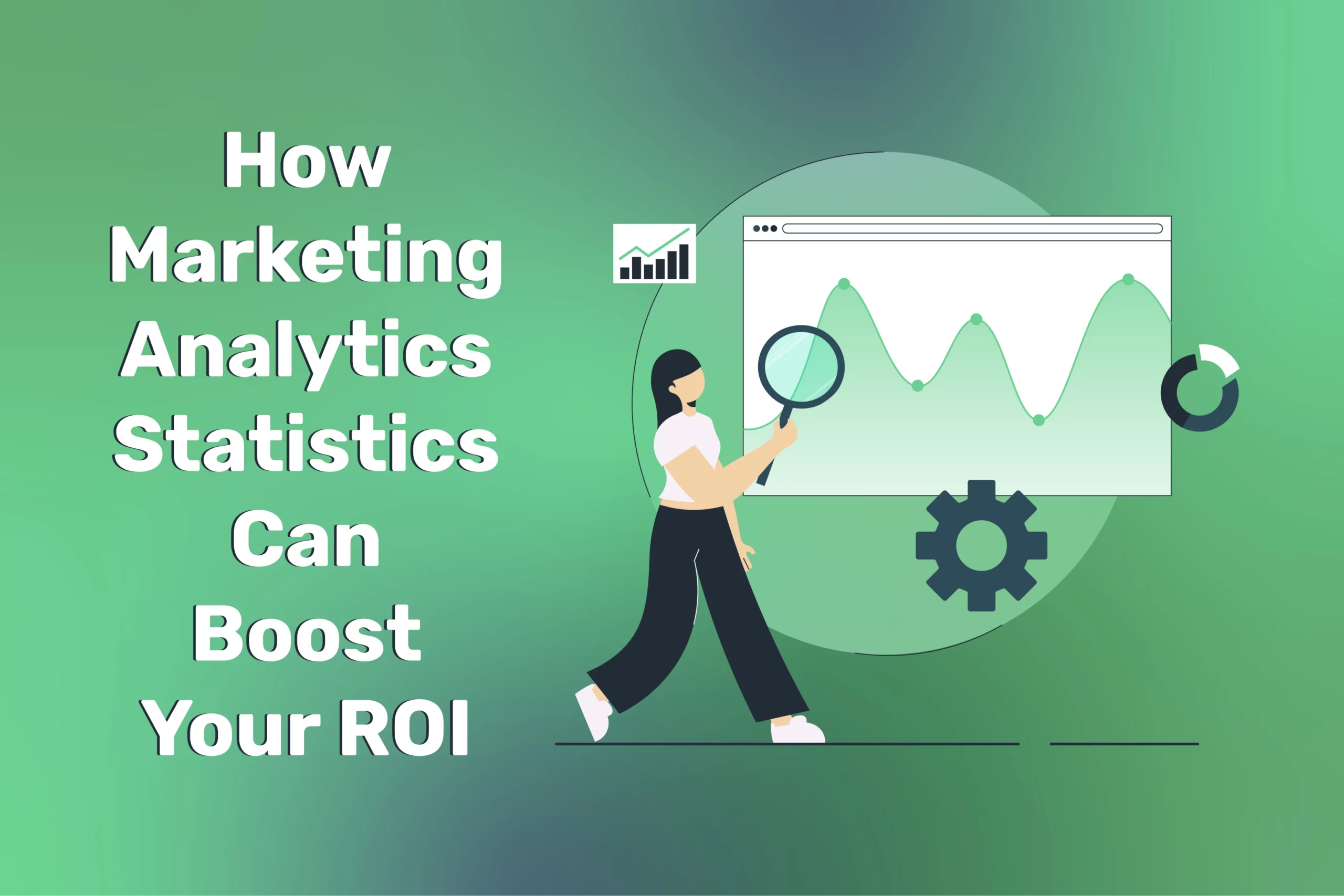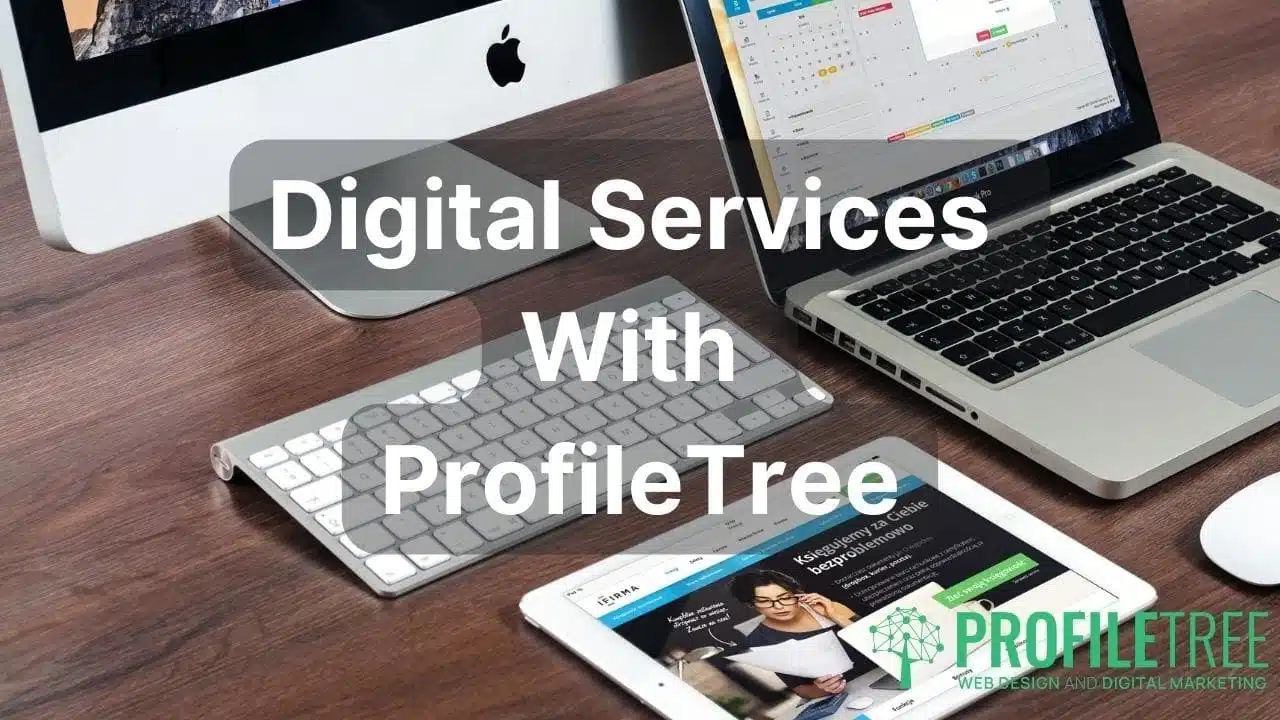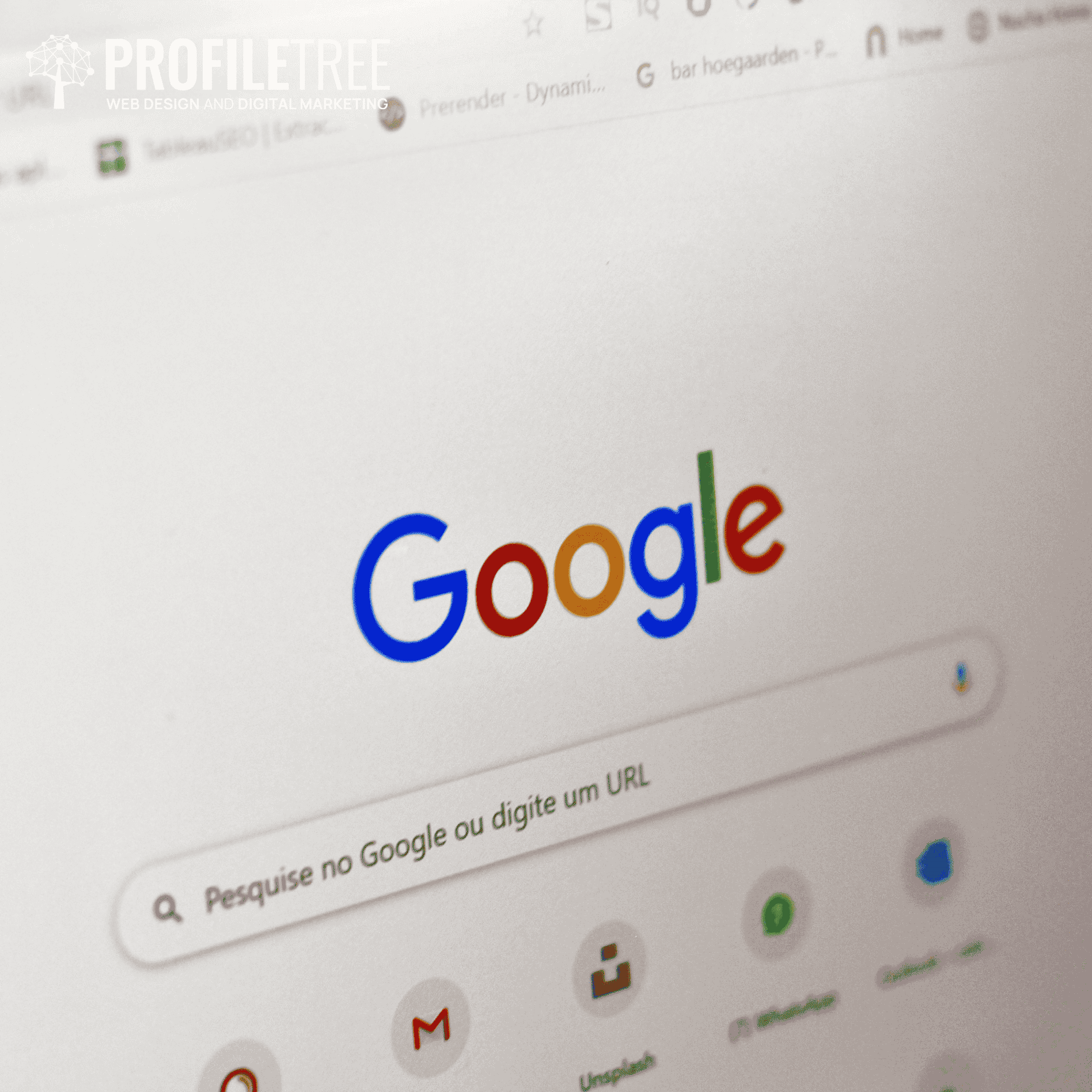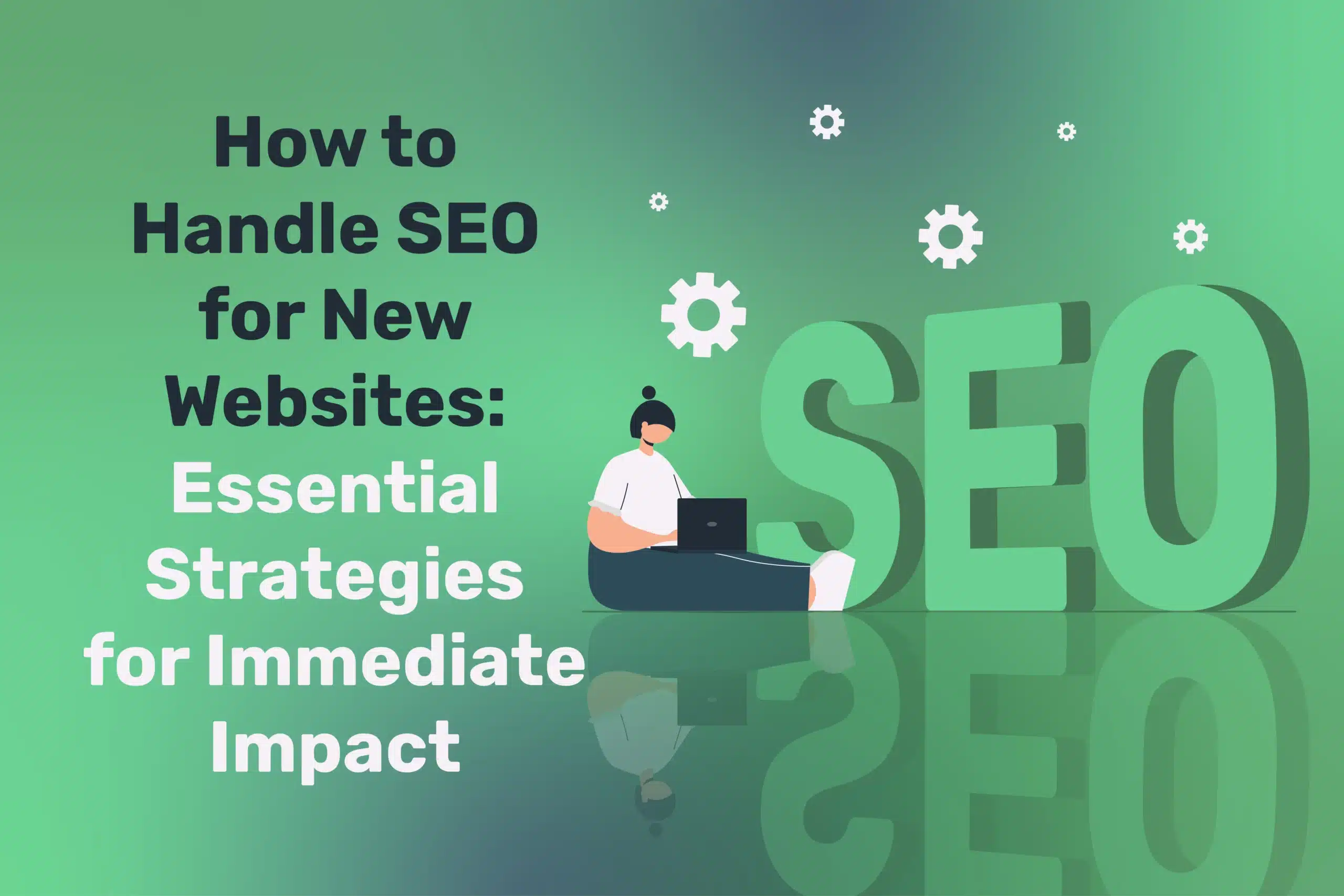
How Irish Companies Are Allocating Digital Marketing Budgets
Table of Contents
Digital marketing has become the primary growth engine for many Irish businesses, spanning from e-commerce to professional services. Yet how do these companies split their budgets among SEO, social media, paid ads, AI pilot projects, or newer channels like short-form video? As 2024–2025 unfolds, new surveys shed light on evolving allocation trends, the rise of AI pilot spending, and the persistent importance of SEO for long-term brand visibility.
This article dives into detailed statistics on Irish digital marketing budgets—highlighting average spending by channel, emerging investments in AI, common pitfalls, and recommended best practices. If you’re planning your next fiscal cycle, these insights might help you distribute resources effectively in a dynamic, post-pandemic, AI-driven era.
“Digital marketing budgets reflect a brand’s priorities. Seeing how Irish companies spend reveals where the biggest ROI opportunities lie,” says Ciaran Connolly, Director of ProfileTree.
The Big Picture: Irish Digital Marketing Budgets (2024–2025)
Irish businesses are increasingly prioritising digital marketing, with budgets shifting toward data-driven strategies, AI-powered automation, and high-performing channels like social media and search. As competition grows, companies are allocating more resources to content creation, paid advertising, and personalisation to enhance customer engagement. Understanding how these budgets evolve in 2024–2025 offers valuable insights into market trends, emerging opportunities, and the strategies businesses are leveraging to stay ahead.
Overall Growth
A hypothetical 2024 survey from a local marketing association indicates:
- Average digital marketing spend among Irish SMEs rose 15% from 2023.
- 68% of companies plan further increases in 2025, focusing on performance channels (SEO, PPC) and AI integration.
Key Channels
Typical distribution for a mid-sized Irish business might be:
- 25–30% on paid search / PPC,
- 20–25% on SEO (content, link-building, technical),
- 15% on social media ads,
- 10% on AI pilot or marketing automation tools,
- 10–15% on content marketing (blogs, video production),
- Remainder on email marketing, influencer partnerships, or offline synergy.
Local vs. International Targeting
Around 40% of Irish e-commerce SMEs primarily target domestic audiences, while another 60% do cross-border campaigns (UK/EU). Those focusing internationally often allocate extra budget to multi-lingual PPC and domain-specific SEO.
SEO’s Ongoing Importance in Budget Allocation
Despite the rise of AI-driven marketing and evolving digital trends, SEO remains a cornerstone of budget allocation for businesses aiming for sustainable online growth. Organic search continues to drive significant website traffic, making long-term investment in SEO essential. Companies are prioritising technical SEO, content optimisation, and link-building to maintain visibility in an increasingly competitive landscape. As search algorithms evolve, businesses that consistently invest in SEO will be better positioned to adapt and secure lasting digital success.
Why SEO Still Consumes 20–25% of Spend
- Long-Term ROI: Organic traffic is consistent and scales if done right.
- User Trust: Irish consumers trust top organic results, viewing them as more authentic than ads.
- Rising CPCs: With paid search costs increasing, SEO becomes a cost-effective strategy over the long run.
In-House vs. Agency or Hybrid
45% of Irish SMEs mention they outsource SEO fully, 30% do a hybrid approach, and 25% keep it in-house. Outsourcing can help secure specialised skills (technical or link outreach) that smaller teams might lack.
Content vs. Technical Splits
Among the SEO budget portion, ~50% goes to content creation (blogs, landing pages), 30% to link-building or PR, and 20% to technical audits/upgrades. Sites with older infrastructure might invert the ratio initially, investing more in site performance or structure.
“SEO demands consistent effort. If you starve it of budget, expect stagnant or declining organic results, especially in competitive niches,” warns Ciaran Connolly.
Surge in AI-Related Marketing Pilots
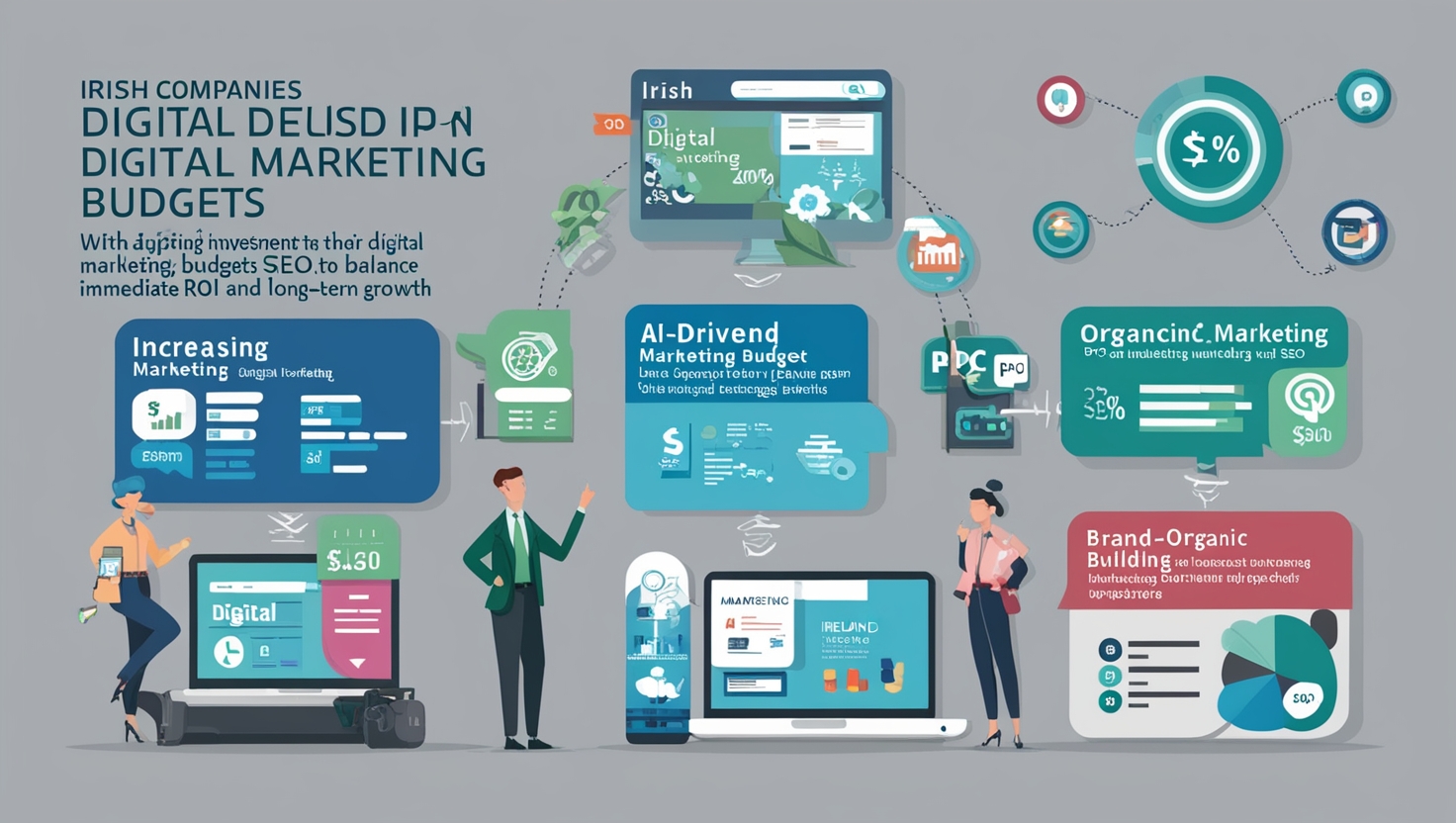
Businesses are rapidly experimenting with AI-driven marketing pilots, testing automation, predictive analytics, and personalised content at scale. From AI-powered chatbots to dynamic ad optimisation, brands are leveraging machine learning to enhance efficiency and improve customer engagement. This surge in AI adoption reflects a shift toward data-driven decision-making, where companies seek to refine targeting, streamline operations, and maximise ROI. As early results shape future strategies, AI’s role in marketing budgets is set to expand significantly.
AI Pilot Budget Share
A notable 10% of total digital marketing budgets in some Irish mid-sized firms now funnel into AI pilot projects. This includes:
- Generative text for content or ad copy
- AI chatbots for lead gen or support
- Predictive analytics for ad targeting or marketing mix optimisation
Why AI Now?
82% of marketers polled say generative AI (like ChatGPT) reduces content production time or ad iteration. This synergy with marketing teams drives higher spending, replacing or augmenting standard copywriting or research budgets.
ROI Concerns
While many AI pilots pay off quickly, about 25% of marketing managers remain unsure about consistent ROI. They worry about misalignment with brand voice, GDPR compliance, or “hallucinated” content. However, those who fine-tune prompts and maintain human oversight report strong returns.
Paid Advertising: PPC, Social, and Influencers
Paid advertising remains a key driver of digital marketing success, with businesses investing heavily in PPC, social media ads, and influencer partnerships. Search and display ads continue to deliver measurable ROI, while social platforms offer advanced targeting to reach niche audiences. Influencer marketing is also gaining traction, as brands leverage trusted voices to enhance credibility and engagement. As competition intensifies, companies are fine-tuning their paid strategies to maximise conversions and ad spend efficiency.
PPC Spend Growth
Paid search (Google Ads) sees a stable 8–10% annual growth in spend among Irish companies. CPCs also rise, especially for high-intent local keywords (“solicitor in Dublin,” “plumber near me”). This prompts some shift to SEO for cost-savings.
Social Media Ads
Facebook/Instagram Ads remain popular, typically 10–15% of total digital budgets. Meanwhile, TikTok ad usage is rising (particularly in B2C youth-focused brands), though it still lags behind Facebook in absolute spend.
Influencer Partnerships
Around 5–10% of budgets go to influencer marketing, focusing on local or niche personalities. Some brands measure influencer success via trackable links or codes, aligning it with broader SEO or brand-building strategies.
Social Media vs. SEO Budgets
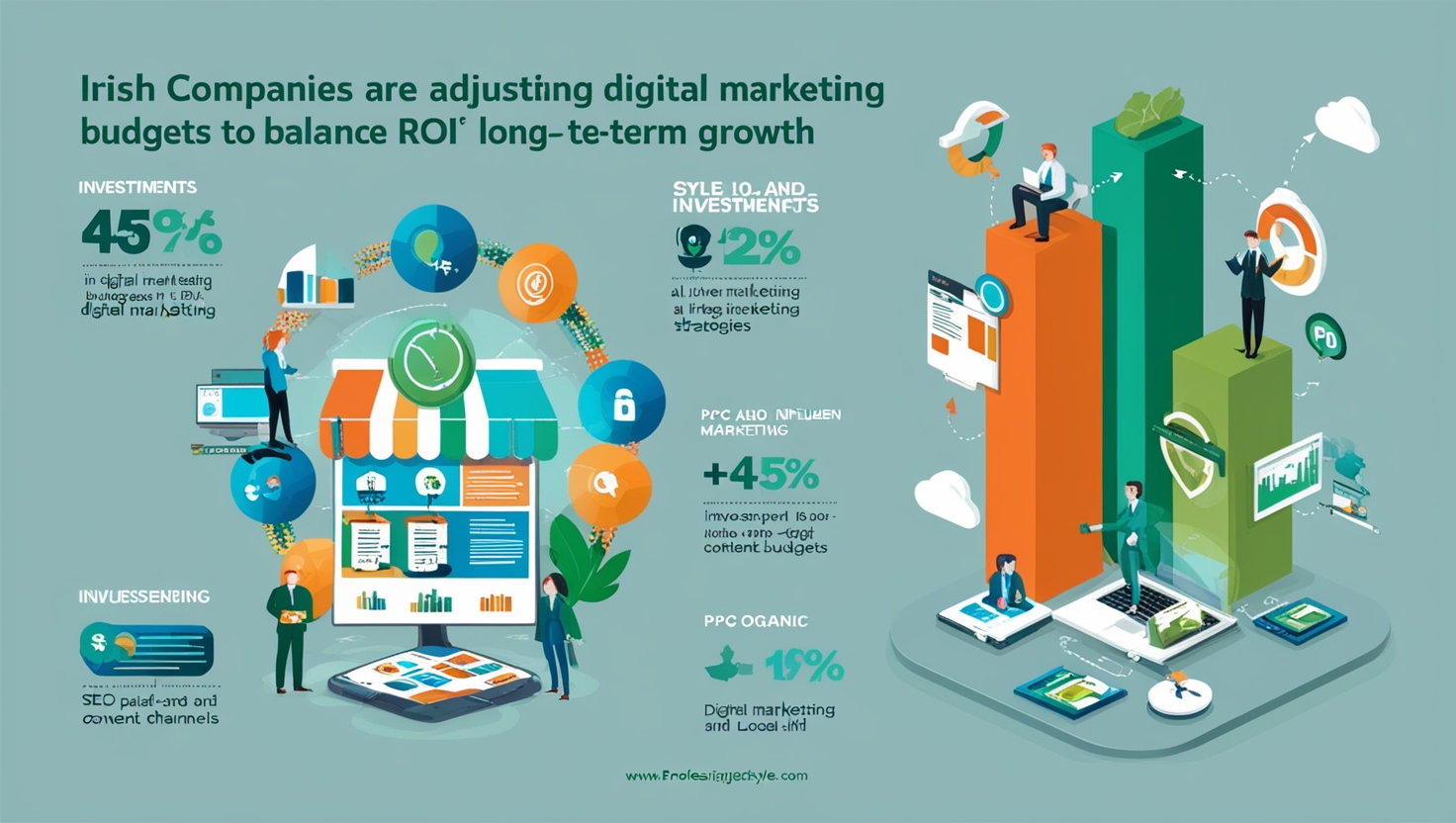
Businesses are carefully balancing their investments between social media and SEO, recognising the unique advantages each offers. Social media budgets often focus on immediate engagement, paid promotions, and influencer collaborations, driving brand awareness and audience interaction. Meanwhile, SEO remains a long-term investment, ensuring sustained organic visibility and cost-effective traffic. While social media provides quicker results, SEO builds lasting authority. Companies are refining their budgets to create a synergy between these two essential digital strategies.
Social Gains a Larger Slice
A 2024 survey shows social media (ads + content) accounts for ~25–30% of digital spend for Irish SMEs. This is close to SEO’s 20–25%. The gap narrows as short-form video ads spike in popularity.
Cross-Channel Synergy
Many companies use social channels to amplify their newly published SEO content. Example: A blog post’s snippet is shared on LinkedIn or short reel on Instagram, leading users to the site. This cross-pollination fosters brand consistency and extends reach.
Ciaran’s Commentary
“I see more marketers aligning social content with SEO objectives—like distributing a new blog snippet on Twitter or creating a TikTok summarising the article. It’s a cost-effective synergy that fuels brand awareness and organic SERPs,” says Ciaran Connolly.
Content Marketing Spend: Depth vs. Quantity
Brands are shifting their content marketing budgets toward depth rather than sheer quantity, prioritising high-quality, well-researched pieces that provide real value. Long-form content, data-driven insights, and thought leadership are gaining traction as businesses aim to stand out in an AI-driven search landscape. While volume still matters for consistency, companies are focusing on strategic, evergreen content that builds authority and engagement. This shift ensures that marketing spend drives meaningful results rather than just filling content calendars.
In-House Content Teams or Freelancers
62% of Irish companies rely on external writers or agencies for content marketing. In-house teams can be costly. Meanwhile, AI can handle initial drafts. This shift might reduce pure writing costs, rechanneled into content strategy or final editorial polish.
Video Production Growth
An increasing portion of content budget—15–20%—goes to video, covering YouTube or short-form reels. Ireland-based production houses see a spike in demand for brand videos, product demos, or local storytelling, often integrated with SEO-driven transcripts.
Long-Form Pillar Content
Pillar pages or “ultimate guides” remain crucial. 70% of marketers say these robust resources anchor their SEO strategy, culminating in a chunk of content budget. These pages, if well-optimised, can attract links and become central references.
Local vs. International Marketing Splits
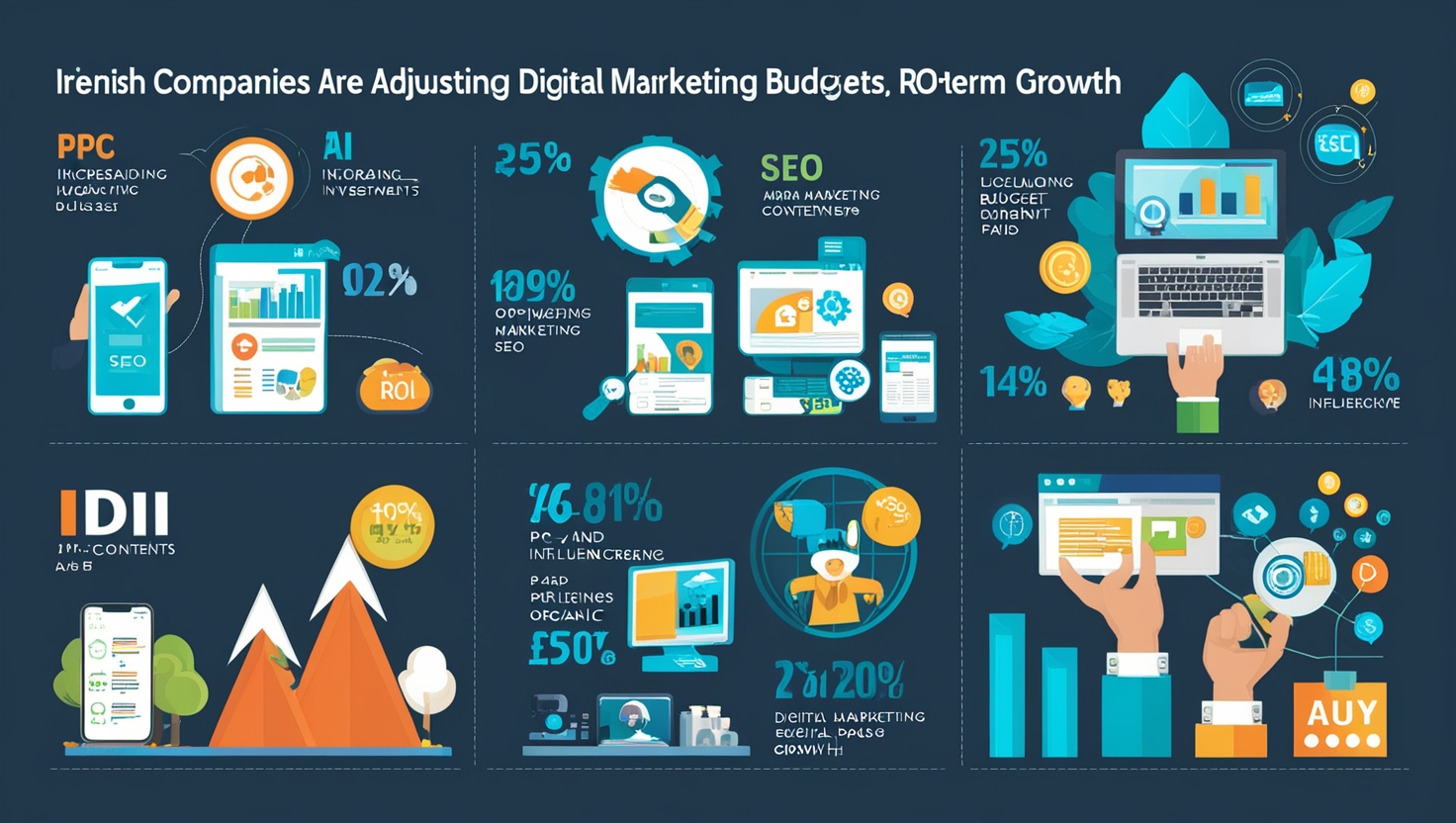
Businesses are carefully allocating budgets between local and international marketing, balancing hyper-targeted outreach with global expansion. Local campaigns focus on geo-specific SEO, community engagement, and regionally relevant content to drive conversions in key markets. Meanwhile, international efforts leverage broader digital strategies, multilingual content, and cross-border PPC to reach diverse audiences. As competition increases, companies are fine-tuning their approach, ensuring that both local presence and global visibility receive the right level of investment.
For Irish SMEs Targeting UK/EU
Roughly 40% of the digital budget might be allocated to cross-border search or social campaigns. This could involve region-specific paid ads in the UK or multilingual content for continental Europe (especially if post-Brexit expansions are planned).
Purely Local Brands
If a brand focuses exclusively on Irish consumers (like a local café chain, solicitor, or tradesperson), they might devote more to local SEO, local business listings, and region-targeted social ads. Typically, around 60% of their digital marketing budget is local-centric, with the rest going to brand-building or top-of-funnel awareness.
Partnerships and Co-Marketing
Some Irish brands allocate 5–10% to joint marketing with tourism bodies, local associations, or complementary businesses. Example: A craft brewery teaming up with a local festival. This synergy fosters inbound links, shared content, and local brand recognition.
Common Pitfalls in Budget Allocation
Many businesses misallocate budgets by overspending on short-term tactics while neglecting long-term growth. Prioritising paid ads over SEO and content can lead to unsustainable costs, while spreading resources too thin reduces effectiveness. A balanced budget should fund both immediate returns and future scalability.
Underfunding SEO
Some companies over-rely on short-term PPC, ignoring SEO’s compound benefits. They spend 70% on ads, only 10% on SEO. This fosters immediate traffic but high ongoing costs with no lasting brand presence in organic SERPs.
Scattergun Social Spend
Without clarity on audience or goals, money is thrown at too many social channels. If the brand’s audience is mostly on LinkedIn, funnel more budget there rather than diluting across Facebook, Instagram, TikTok, Twitter, etc.
Inadequate AI Oversight
Rushing into AI pilot projects (like automated content creation) without setting KPIs or editorial checks can lead to subpar brand messaging or factual errors. Some lose faith in AI if initial attempts appear sloppy.
Neglecting Data Privacy
GDPR compliance in campaigns that gather personal info or feed into AI must be considered. Some skip that step, risking fines or user backlash. If you’re collecting leads or personal details, ensure compliance is baked in from the start.
“Every year, I see businesses that overspend on PPC or random social ads while ignoring consistent SEO or data compliance. Balanced allocations yield the best returns,” advises Ciaran Connolly.
Best Practices for Setting Your 2024–2025 Digital Marketing Budget
To maximise ROI, businesses should align their 2024–2025 digital marketing budgets with clear goals and data-driven insights. Prioritise a balanced mix of paid and organic strategies, ensuring SEO, content, and social media complement PPC efforts. Allocate funds for testing, optimisation, and emerging trends like AI-driven marketing. Regularly review performance metrics to adjust spending for the highest-impact channels. A flexible, well-planned budget ensures adaptability in a rapidly evolving digital landscape.
- Review Past Performance: Check which channels consistently drove conversions or brand lift. Don’t blindly replicate last year’s budget.
- Allocate a Stable SEO Core: Typically 20–25% for content, link-building, and technical improvements. This ensures a strong organic foundation.
- Test AI Pilots: Dedicate 5–10% for AI-based marketing automation, content generation, or chatbots. Track results. If ROI is solid, scale up.
- Maintain a Paid Ads Presence: But watch CPCs. If costs spike, shift resources to other channels or refine targeting.
- Invest in Content Quality: At least 10–15% dedicated to strategic, in-depth pieces or video. Shallow content rarely resonates.
- Consider Local vs. International: If you aim cross-border growth, set aside funds for region-specific campaigns or translations.
- Stay Compliant: Budget for GDPR reviews if you’re collecting personal data. AI usage might require extra legal or data protection consultant fees.
Strategically Allocating Irish Digital Marketing Budgets
Irish companies in 2024–2025 are increasing digital marketing spend—reflecting shifting consumer behaviours, rising competition, and the potential of AI. SEO remains core for sustained visibility, while paid channels handle immediate conversions. Social media and video see consistent growth, boosted by short-form trends. Meanwhile, AI pilots claim a slice of budgets, with generative text, chatbots, or predictive analytics guiding next-gen marketing.
In planning your budgets, strive for balance: a robust SEO baseline, well-defined paid campaigns, content synergy, and carefully introduced AI. Keep an eye on your data privacy obligations, especially if using generative tools that gather user data. By grounding decisions in fresh stats and understanding local user trends, you’ll spend more effectively—aligning brand objectives with a dynamic, tech-driven Irish marketplace.
“Those who track data and align budgets with real performance see far better returns. A thoughtful approach to each channel—and incremental AI experiments—sets the stage for success in 2025,” concludes Ciaran Connolly.
